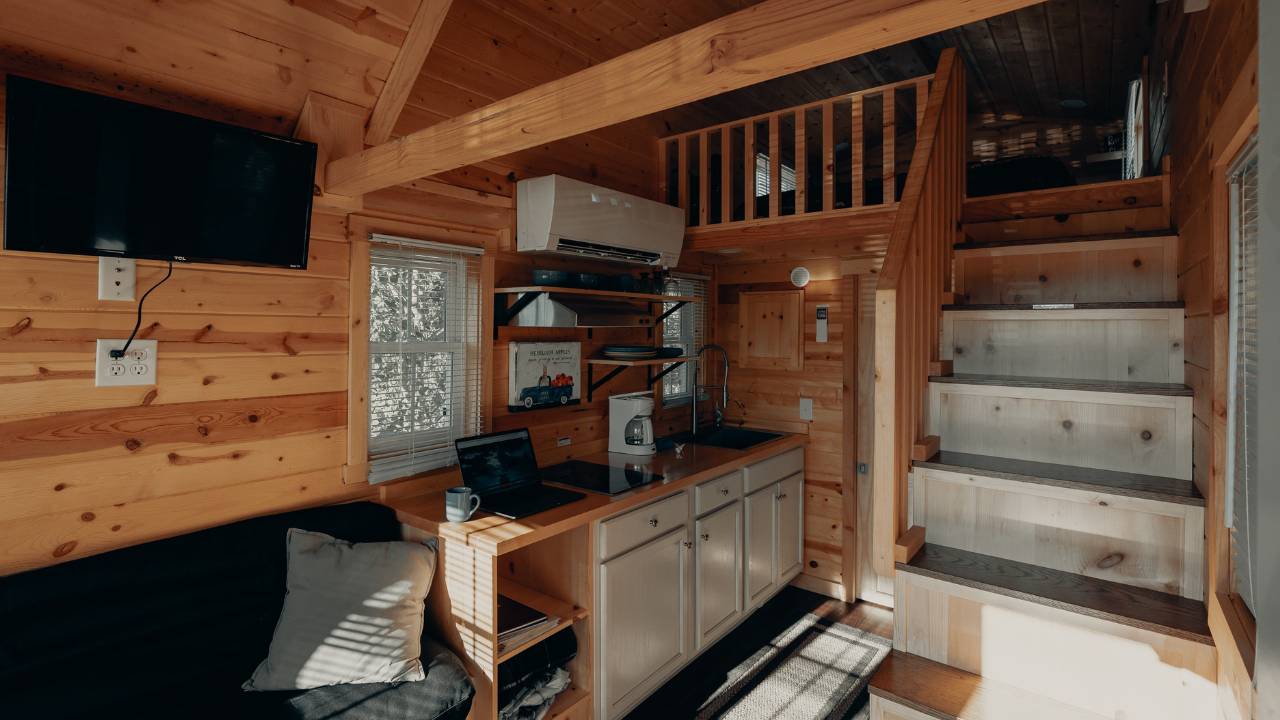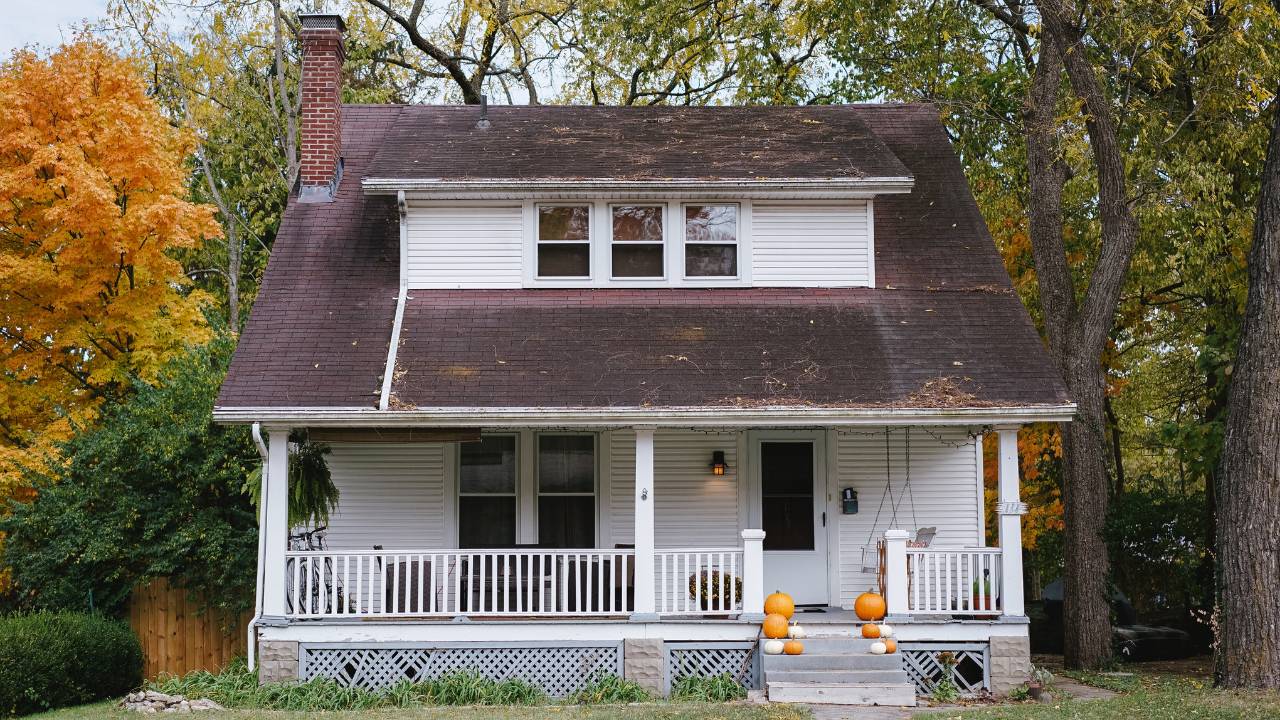The modern homeowner often faces the challenge of needing more space as families grow, lifestyles adapt, and personal tastes evolve. One solution to this common issue is to embark on a house extension project, which not only provides the additional room needed but can also increase the value of the property.
This guide aims to assist homeowners through the process of expanding their living spaces, offering expert advice and insights to make well-informed decisions.
Identifying Your Needs For Expanding Spaces

When asking yourself whether it’s worth extending your home, it’s essential to start by clearly identifying your needs for the additional living space. By focusing on your requirements, you can make informed decisions on the design, layout, and features that will best meet your expectations and enhance the functionality of your home.
To begin, consider the specific reasons for expanding your living space. Are you in need of a larger kitchen-diner for family gatherings, or do you require a dedicated home office for remote working? Perhaps you’re hoping to create a more spacious living room for relaxation and entertainment purposes. Acknowledging your primary objectives will help guide the expansion project in the right direction.
In addition to functionality, think about the desired style and atmosphere you wish to achieve with your new space. Do you prefer a modern, minimalist aesthetic, or are you drawn to a cosy, traditional design? Contemplate the various home decor ideas that reflect your taste and preferences. This will assist in developing a cohesive vision for the expanded areas.
When analysing your existing floor plan, identify which areas of the house could benefit most from additional space. For some homeowners, small-space living may necessitate expanding the kitchen area for added storage and appliances, while others might prioritise increasing the size of the living room or introducing an open-plan layout. Evaluating the current limitations of your home will ensure that your expansion efforts address the most pressing needs.
Lastly, bear in mind any potential limitations or constraints that may impact your ability to expand your living space. Factors such as budget, planning permission requirements, and space constraints should be carefully considered before embarking on the project. By taking these factors into account, you can set realistic expectations and avoid potential issues down the line.
Planning Your Expansion Project
Planning your expansion project is an essential first step in creating the perfect home extension. It involves a thorough understanding of your budget, planning permission requirements, building regulations, and finding project inspiration.
Begin by establishing a budget that suits your financial capabilities, as it will guide you on the scale and design of your extension. Remember to account for contingencies, as home improvement projects can often incur unforeseen expenses.
When identifying project inspiration, consider factors such as the purpose of the expanded space, preferred architectural style, and any family-specific needs. Don’t hesitate to consult with professionals like architects and interior designers to explore various options and optimise your property’s potential.
As for planning permission, it’s crucial to be aware of your local authority’s regulations to avoid legal complications. Often, verifying details with the registry of deeds can provide insights into any property line constraints or historical restrictions. In some cases, you may not need planning permission if your extension falls under permitted development rights. For instance, homeowners can add a 40 square metres extension floor plan without requiring planning permission, which can significantly simplify the process. However, it’s essential to verify such allowances with your local authority to avoid future issues.
Being aware of building regulations is equally important, as these rules govern structural integrity, safety measures, and environmental impact. Consult with a building control officer or your architect early in the process to ensure your extension meets all necessary standards and avoid potential pitfalls.
Lastly, seek professional extension advice from experts, as their knowledge and experience can help you navigate complex aspects of the project. This ensures a smooth process and enables you to enjoy an expanded space that is both functional and aesthetically pleasing.
Maximising the Use of Existing Spaces

One of the most effective ways to create additional spaces in a home is to maximise the existing spaces. This can often be achieved by clever designs, efficient storage solutions, and strategic conversions. In this section, we discuss key areas that homeowners should consider for expansions.
Storage is a crucial aspect when maximising available spaces. Thoughtful and clever storage solutions can transform cluttered areas into functional spaces. Built-in wardrobes, under-stairs cupboards, and wall-mounted shelves are examples of storage options that can increase the usability of small or awkward spaces without consuming vast amounts of room.
Loft and garage conversions can provide significant additional living space. A loft conversion often offers the potential for bedrooms, bathrooms, or a separate living area. Garage conversions, on the other hand, can be transformed into guest rooms, home offices, or playrooms. Both options can add value to a home whilst improving functionality.
Side return extensions are becoming increasingly popular amongst homeowners looking to expand their living spaces. These extensions involve building outwards into the unused side alley and can significantly enhance kitchen and dining areas. With careful planning, a side return extension can improve natural light, create an open-plan layout, and connect the indoors with outdoor living spaces.
Loft conversions are not only an ideal way to add extra living space, but they also make excellent use of the often-neglected vertical space. Properly insulated and designed attic rooms can provide comfortable and airy spaces for bedrooms, offices, or even leisure areas.
When dealing with small spaces, clever design and layout can create the illusion of more space. This can be achieved by using light-coloured paint, utilising mirrors to create a sense of openness, selecting multi-functional furniture, and linking rooms together with consistent design themes. Clever use of space-saving furniture, such as fold-away tables and beds, can also increase the functionality of smaller areas.
Incorporating Light and Openness
When redesigning a living space, incorporating natural light and openness is crucial to creating a welcoming and relaxing atmosphere. Natural light has a significant impact on mood and well-being, while an open layout fosters connectivity and communication within the home.
One method to increase natural light is by implementing large glazed windows or glass doors. These elements not only allow sunlight to flood the room, but they also provide unobstructed views of the outdoors, further enhancing the feeling of spaciousness. If the architectural design allows, consider installing skylights to bring in light from above, making the space appear even more expansive and bright.
The choice of curtains and window treatments plays a vital role in achieving the desired level of light and openness. Opt for light and airy fabric materials, such as sheer or linen, that allow sunlight to seep through while still maintaining privacy. Moreover, a clever trick to make windows look larger and maximise incoming light is to hang curtains a few inches above the window frame and extend them beyond the sides of the window.
In an open-plan layout, it is essential to define different zones within the space without compromising the open atmosphere. Achieving this can be accomplished by varying floor levels, using furniture groupings, or creating divisions with contrasting materials or colours. Such subtle separations help maintain a sense of visual harmony and cohesion throughout the open area.
Finally, integrating light control systems such as dimmers or smart lighting can have a significant impact on the ambience of an open-plan space. Warm dimming lighting systems, for example, allow adjustments to the brightness and warmth of the light according to the activities or mood of the inhabitants, further enhancing the comfort and flexibility of a modern open-plan home.
Small House Extension Ideas

When it comes to expanding spaces in a tiny home, there are countless small house extension ideas to consider. With smart planning and execution, even modest additions can make a significant impact on the overall layout and functionality of your property.
One popular option is adding a porch to the front or rear of your home. A porch not only improves curb appeal but also serves as a practical space for storage and relaxation. Carefully considering its design and materials can ensure it complements the existing architecture and adds value to your property.
Another common choice is creating a conservatory. This glazed extension is perfect for homeowners seeking to bring natural light and a touch of the outdoors into their home. Conservatories can serve various functions, such as a dining area, sunroom, or even a greenhouse for growing plants. Selecting energy-efficient glazing and appropriate ventilation ensures your conservatory maintains a comfortable temperature all year round.
For those looking to enhance their living spaces, side-return and rear extensions can make a world of difference. By using the space alongside your property or extending out into the garden, these extensions provide additional rooms or enlarged existing spaces like kitchens and living rooms. Effective design ideas include seamless transitions between indoor and outdoor spaces, incorporating skylights, and optimising your layout for better functionality.
Before embarking on any extension project, it’s crucial to examine the foundations of your home. Assessing the condition of the existing structures and ensuring they’re capable of supporting the new addition is vital for a successful and safe project. Consulting with a structural engineer or a qualified professional is highly recommended.
Two-Storey Extensions and Loft Conversions
Expanding your living space is a common goal for many modern homeowners, and two popular options to achieve this are two-storey extensions and loft conversions. Both provide valuable additional space for a variety of uses, such as bedrooms, offices, or bathrooms. In this section, we will explore some of the key aspects of these options, ensuring you make an informed decision about which is best for your home.
A two-storey extension involves enlarging your home’s footprint, typically by adding a ground-floor and first-floor build, increasing the overall floor space. This option grants you more flexibility when it comes to layout and design as you can plan the additional rooms according to your existing home’s structure and your needs. Furthermore, two-storey extensions can offer significant cost savings since the cost of building an extra floor is often lower than creating two separate single-storey extensions. However, planning permission and adherence to building regulations are vital to ensure a smooth construction process.
On the other hand, a loft conversion maximises the potential of the unused area within your attic or loft space, transforming it into functional living accommodation. Loft conversions can be an excellent choice for homeowners seeking an affordable and minimally invasive way to add an extra bedroom or a home office without altering the property’s exterior appearance. Additionally, many loft conversions fall under permitted development rights, meaning planning permission may not be required, speeding up the process. Nonetheless, it is crucial to consider factors such as roof pitch, head height, and structural stability when assessing the viability of a loft conversion.
In terms of living space creation, both two-storey extensions and loft conversions offer ample floor space, depending on the available area and constraints of your property. Loft conversions are best suited for adding one or two rooms, such as bedrooms or offices, while two-storey extensions provide more flexibility in terms of the number and types of rooms you can create, including larger open areas for dining or entertaining.
Conclusion
In today’s dynamic world, our homes play a central role in our lives, evolving with our needs and desires. Whether you’re looking to add an extra room, create an open-plan living space, or simply maximise the potential of existing areas, expanding your home’s spaces is an invaluable endeavour.
As we’ve explored, from detailed planning to the final touches of decor, every step is pivotal in crafting a harmonious, functional, and aesthetically pleasing environment. By tapping into the potential of your property, not only do you enhance your living experience, but you also invest in the lasting value of your home.
As you embark on this transformative journey, remember that the heart of the expansion is a reflection of your individual tastes and lifestyle, making your house truly a home.



